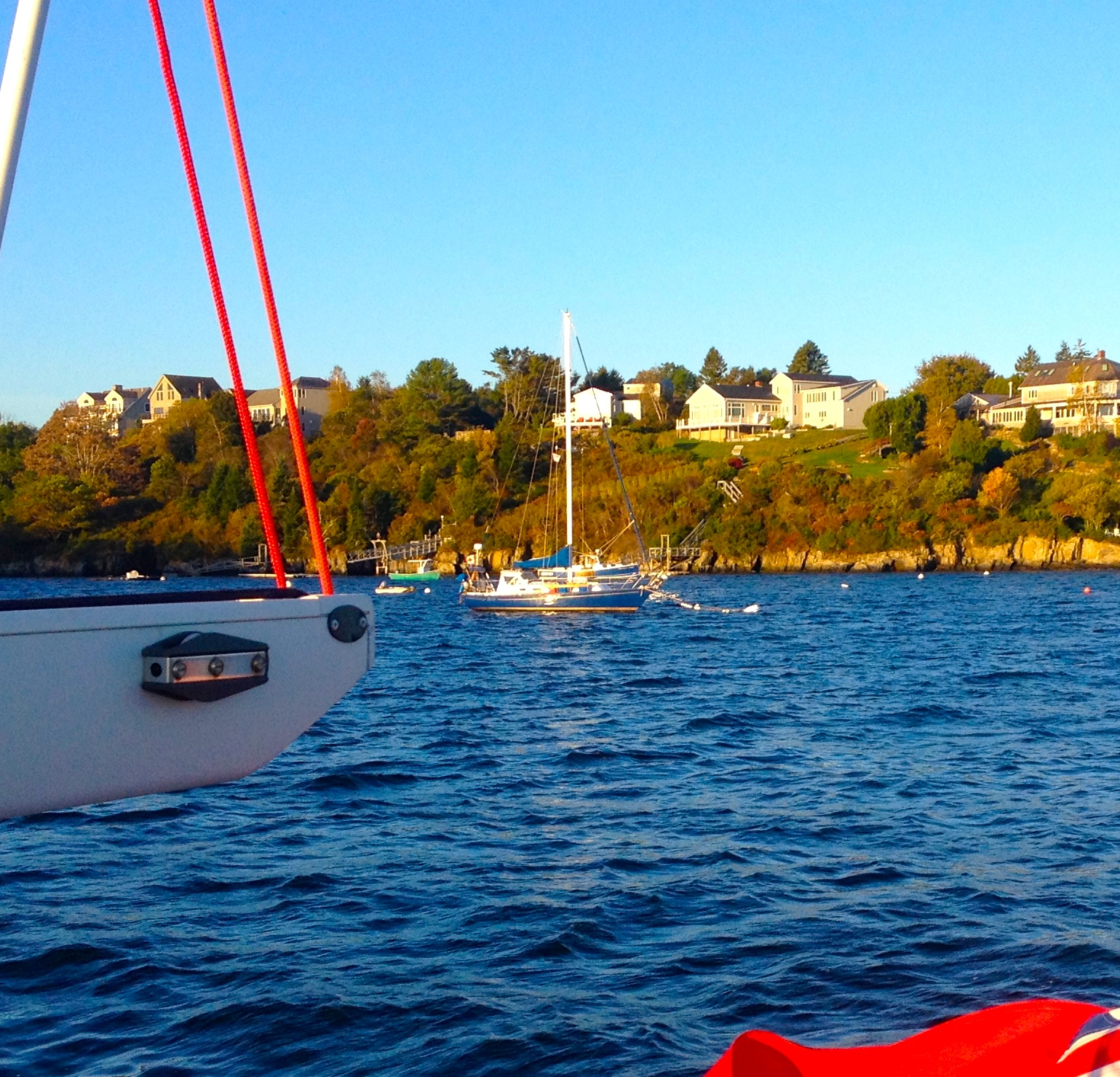Before we sailed to Canada, we had to get navigational charts. We found the following options:
- Navionics iPad: Navionics Plus vector charts of all of Canada including Northern Territories to Baffin Island (!): $5.
- This price point comes from purchasing "US & Canada" for $54.99 instead of "USA" for $49.00
- Garmin BlueChart for iPad: All Canada East Coast to N Labrador as vector charts: $15
- Includes Canada West Coast and Great Lakes as well as Mexico, Central America, Colombia and the Caribbean. The $15 price point comes from purchasing "North America" for $44.99 instead of just "US Coastal" for $29.99.
- This we already had, because when we bought the Garmin BlueChart for iPad we saw the best value is purchasing the $44.99 pack.
- TimeZero by MaxSea for iPad: Raster Charts Canada Mega Wide – All Canada Hydrographic Service West Coast, Great Lakes and East Coast to SE Labrador, consisting on several hundreds of raster charts: $53.36
- This is the technology found on Furuno TZtouch chart plotters.
- Navionics for B&G Zeus: Navionics Plus vector charts of all of Canada including Northern Territories to Baffin Island (!): $179.
- iNavx iPad: Canada Hydrographic Service Nova Scotia South/Bay of Fundy RM-ATL06 chart package, consisting of 77 raster charts: $179.95.
- Does not include Canada West Coast nor Great Lakes nor Nova Scotia North/PEI/Gulf of Saint Lawrence/Newfoundland/Labrador/Northern Territories, which would be over $1,000 additional.
The best charts are raster and therefore the winners are TimeZero for iPad and iNavx for iPad, which offer the only raster options and the only ones that are the official Canada Hydrographic Service.
The most robust solution is Navionics Plus for B&G Zeus because electric power, screen brightness and dimmability, water intrusion protection, and mount quality of our B&G chart plotters is superb when compared to iPad. Navionics apparently sells one version of its charts for B&G Zeus 12 and another for B&G Zeus Touch 7: do we have to buy this stuff twice?
The best user interfaces are all iPad and the best is TimeZero for iPad. Second best might be Navionics for iPad or Garmin. iNavx is pretty awful for an iPad app.
The best coverage is Navionics. It covers some pretty far out territory into the Arctic that is the stuff of dreams. Next are, in order, Garmin (to North Labrador) and TimeZero (to South Labrador only). Mind you, we traversed as much of the Labrador coast as is possible to do by car, and we saw exactly one sailing boat and it was at the southernmost point of Labrador, so it's not like it makes much of a difference. The iNavx solution for $179.95 gives you a modest slice of Canada; essentially the Bay of Fundy. On the other hand, it could provide you the most extensive coverage available anywhere, even beyond Navionics, but at a cost into the thousands of dollars.
In the end, we sailed in Canada, including inland waters, with two iPads open at all times: with TimeZero by Max Sea for iPad because it embodies the best combination of official CHS raster charts, user interface, and price. We also sailed with Garmin BlueChart for iPad. Both apps were installed in both iPads, but the Admiral preferred Garmin and the Sailor preferred TimeZero.
Note: In addition to the superb user interface of TimeZero, the Sailor likes MaxSea because they were originally MacSea since the 1980's. Great pioneers in electronic navigation, all Macintosh-based.






